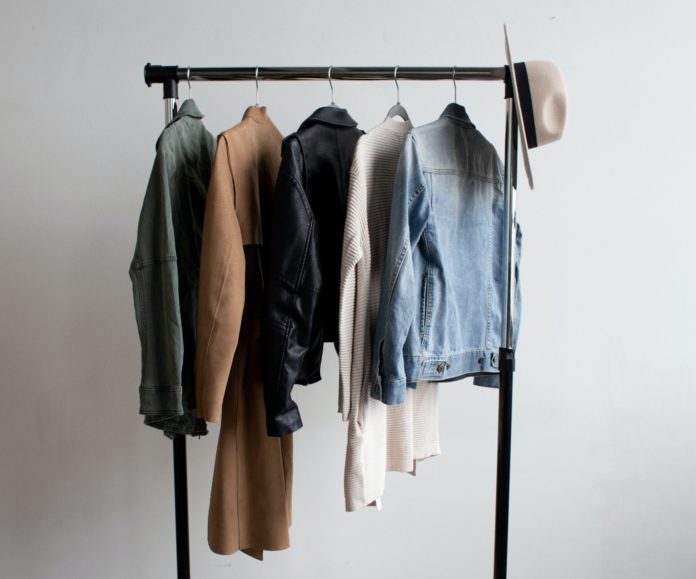Are you tired of opening your closet only to find a sea of clothes you never wear? If so, you’re not alone. Many of us fall into the habit of purchasing clothes on impulse or following the latest trends, only to realize later that they don’t quite fit our style or lifestyle. Here are some effective strategies to break the cycle of buying clothes you never wear and create a more intentional and mindful approach to your wardrobe.
Assess Your Wardrobe
Start by taking a thorough inventory of your current wardrobe. Pull out all your clothes and evaluate each item objectively. Ask yourself if you genuinely love and wear each piece. If not, consider donating or selling them. This exercise will help you understand your personal style and identify any gaps in your wardrobe.
Define Your Style
Take the time to define your personal style. Consider your lifestyle, preferences, and the image you want to project through your clothing. Look for inspiration in magazines, social media, or fashion blogs, but remember to stay true to yourself. Knowing your style will help you make more conscious choices when shopping.
Make a Shopping List
Before heading to the stores or browsing online, create a shopping list. Identify specific items that will enhance your existing wardrobe and fill the gaps you discovered during the wardrobe assessment. Stick to this list to avoid impulse purchases and ensure that everything you buy serves a purpose.
Practice the 30-Day Rule
When you spot an item you’re tempted to buy, give yourself a cooling-off period. Wait for 30 days before making the purchase. During this time, consider whether the item truly aligns with your style and if you can create multiple outfits with it. If, after 30 days, you still find yourself genuinely wanting and needing the item, then go ahead and make the purchase.
Focus on Quality
Invest in quality pieces that are durable and timeless. These items may have a higher price tag upfront, but they will last longer and save you money in the long run. Look for well-made garments with good fabric and craftsmanship. Avoid fast fashion trends that quickly go out of style and contribute to a throwaway culture.










